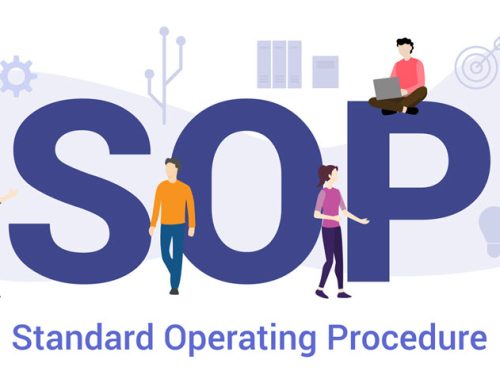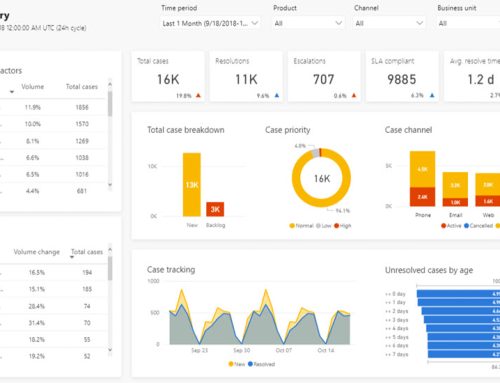Continuous improvement initiatives are business initiatives that generate long-term results that are sustainable over time. The practice of continuous improvement initiatives was made formal by lean and it is now implemented by thousands of companies around the world. Companies who do not continually improve will be left behind.
Here are 5 Continuous Business Improvement Initiatives
Continuous Quality Improvement
Instinctively, most employees know that continuous improvement is required to grow the company and gain a competitive advantage. Continuous Quality Improvement (CQI) is led by the top executives, and it’s driven by the employees at every level of the company. Top executives are charged with creating an environment in which employees become more proactive and feel like they matter to the company’s success. This makes employees initiate improvement projects even without getting upper management’s approval, and if their development idea goes beyond their authority level, they are empowered to present the idea to a higher authority.
Creation of a CQI culture means that all managers will be trained to be coaches and counselors to their staff, encouraging them to develop and implement their improvement ideas. The employees are also trained to analyse data to determine the cause of issues so that proper solutions can be identified. By adopting CQI, most companies save millions of pounds from ideas generated and implemented by their staff.
Commitment to Quality
To commit to quality entails continuously improving every process. This continuous improvement initiative addresses the organization’s products, services, and the organizational processes. Points of reference to quality management include cost, schedule, performance, responsiveness and alternatives from competitors. Commitment to quality begins with top management employees. Top management must direct the organisation’s resources towards continuously improving their products and services to meet customers’ demands at all times.
Measurement
To know the road that lies ahead, it’s essential to ask those coming back. Looking at successful solutions of other businesses helps inform and humble a business. Continuous improvement initiatives are often thought of as quality methodologies because they focus on improving customer satisfaction by considering standards and then providing incremental improvements to quality.
Workers should research success stories of companies that already use continuous improvement initiatives and learn how to conduct a cause analysis (identifying the cause that underlies a variation in performance and the occurrence of an event) and review the resulting actions.
Monthly Training Programs
People in the organisation must be empowered to effect continuous improvement. Personal involvement, personal knowledge, security, and teamwork are among the key factors that govern how individuals function and interact within the organisations investment in knowledge and is aimed at maximizing human potential and capital. Cross-training employees to work in various positions creates continuous workplace improvement as it results in a more smoothly run operation. Training staff to step in when a fellow staff calls in sick or takes a leave of absence prevents a slowdown in production. Monthly cross-training programs should be scheduled in which rotating employees move into new positions for a day and learn how to do the job.
Total Quality Management (TQM)
This continuous improvement initiative was first used in the manufacturing sector, but it can be adapted to fit almost any business type. The initiative focuses mainly on customer satisfaction, process enhancements, employee involvement and communication. Essentially, total quality management is something that is integrated into every practice within a company to gain excellence in all business components. Total Quality Management scheme also prevents waste and additional activities in business.
Hoshin Kanri
Hoshin planning is a step-by-step form of continuous improvement initiative which centers on a comprehensive communication system between all staffs at various levels in a company while working towards a common goal. In Hoshin Planning, all employees are considered as experts at their different jobs and are held accountable for their achievements. An effective and shared tactic used in Hoshin Planning is “Catchball.” Catchball is a session between employees and managers where ideas and questions are shared and thrown back and forth to make decisions and to implement changes.






